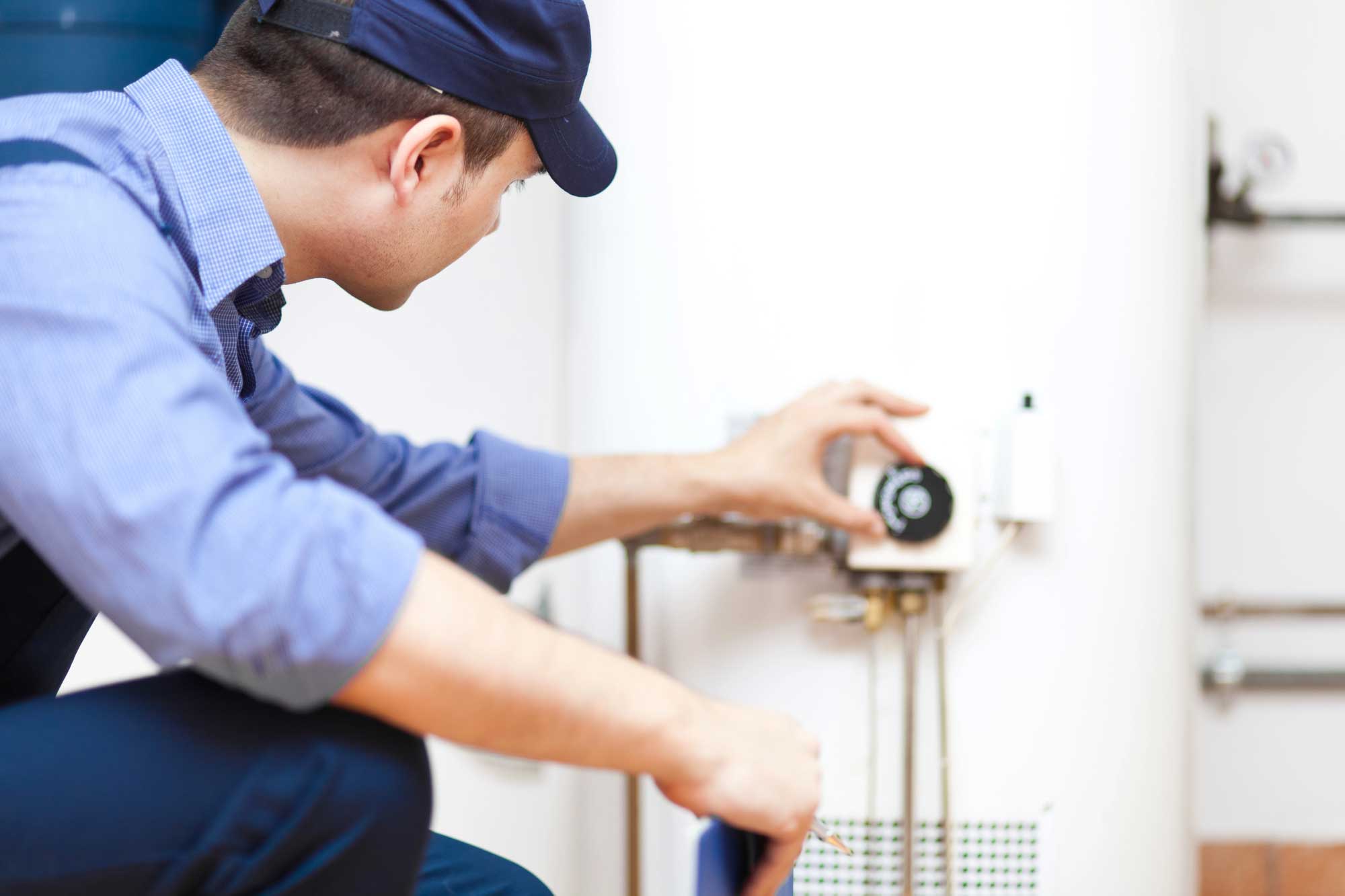Water heater myths are everywhere, but the team at Payless Water Heaters is here to set the record straight with facts that help you protect your system and your wallet. With all the advice circulating from friends, neighbors and the internet, it’s no surprise that misinformation spreads quickly. We’re breaking down the most common myths — helping you understand how to protect your water heater, your budget and your peace of mind.
Myth #1: If It’s Under Warranty, Repairs Are Free
Not exactly. While your water heater may still be under warranty, coverage varies. Some warranties cover parts, tank and labor; others only cover parts and tank.
If your warranty doesn’t include labor, you’ll be responsible for those costs during a repair. Always verify your warranty details with the manufacturer before scheduling service. This will help you manage expectations and avoid surprises on your bill.
Myth #2: Tankless Water Heaters Can’t Handle Big Households
This is a common misconception. In reality, tankless systems are more than capable of supporting the hot water needs of large families or even small commercial spaces. The key is choosing a unit with a proper gallons-per-minute (GPM) rating.
For example, a tankless water heater with an 11 GPM flow rate can handle multiple showers and appliances running at once. And if one unit isn’t enough, systems can be connected for greater output. Gas-powered tankless models typically outperform electric ones in terms of flow rate, which is worth considering when making your selection.
Myth #3: Low Maintenance Means No Maintenance
“Low maintenance” doesn’t mean zero maintenance. Every water heater needs regular care, even those labeled as low maintenance. Skipping annual upkeep is one of the biggest answers to the question, “What shortens the life of a water heater?”
To help your unit last longer:
- Perform a visual inspection.
- Flush the tank to remove sediment.
- Check connections for leaks.
- Inspect or replace the anode rod.
Neglecting these tasks can lead to sediment buildup, corrosion and early system failure. And once corrosion sets in, replacing the entire unit may be the only option.
Myth #4: Water Heaters Are Dangerous
Modern water heaters are designed with safety in mind. Features like the temperature and pressure relief valve (T&P valve), ECO thermal switch, and FVIR sensor make today’s units incredibly safe.
These components work together to:
- Shut off the system if it overheats.
- Release pressure when it builds too high.
- Detect and respond to flammable vapors near gas heaters.
With proper installation and routine maintenance, the risk of an accident is extremely low.
Myth #5: Tankless Means Instant Hot Water
Tankless heaters provide an endless supply of hot water — but not instant. Hot water still needs to travel from the heater to your faucet, so if the fixture is far from the unit, there may be a brief wait.
If instant hot water is a must-have, consider a recirculation system. These systems keep hot water flowing through your pipes, so it’s always just seconds away.
Myth #6: Tankless Water Heaters Are Too Expensive To Operate
Another outdated belief. Tankless water heaters are actually one of the most energy-efficient options available. Because they only heat water on demand, they don’t waste energy keeping a full tank warm. That can translate to 20% savings on your utility bills.
Myth #7: Tankless Heaters Don’t Work With Well Water
The assumption that well water is too hard for tankless units simply isn’t true. Scale buildup can happen with any water source, but tankless models are designed to handle mineral content — especially if properly maintained.
Still Have Questions About the Health of Your Water Heater?
Contact the experts at Payless Water Heaters to get honest answers and reliable service you can trust. We specialize in water heaters — it’s all we do — and we’re here to help you make the smartest choices for your home.


